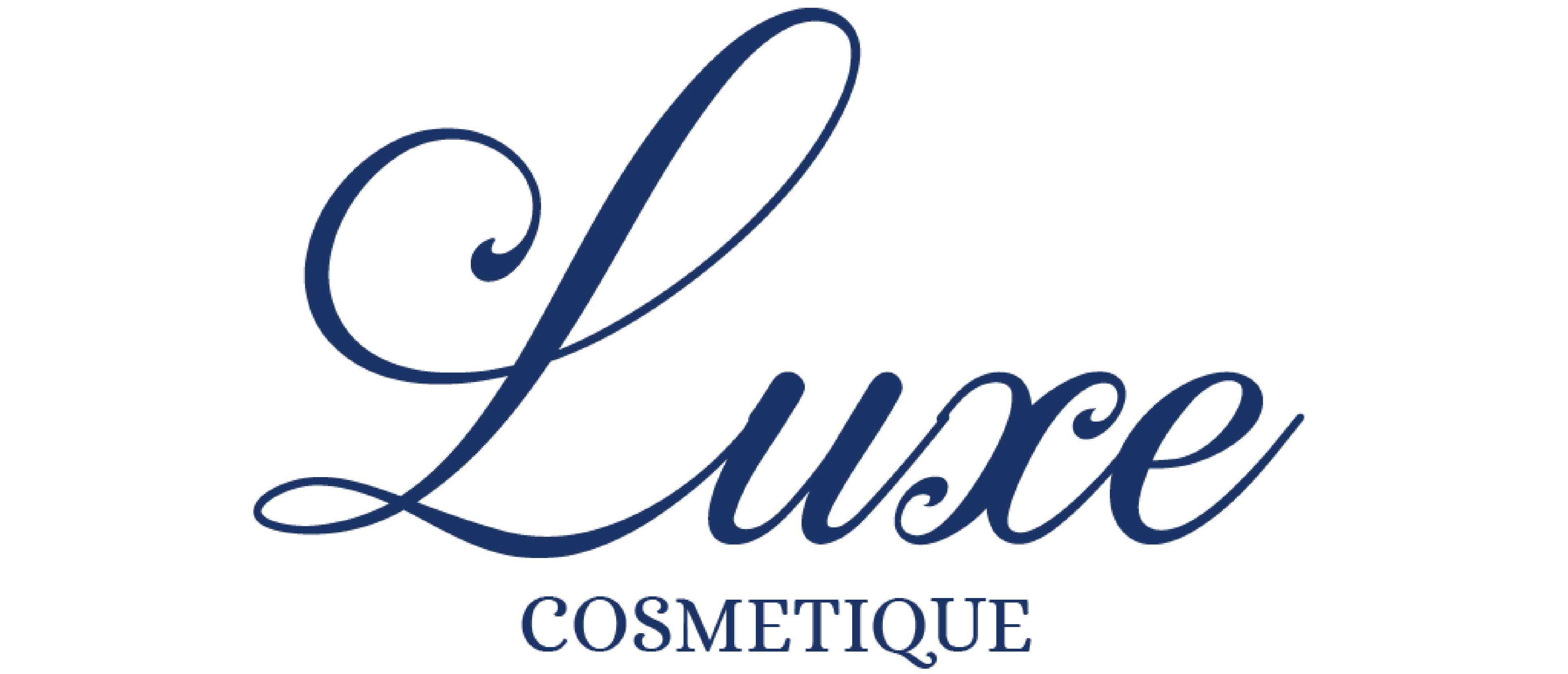Injectable Fillers
Ageing is a constant process and many visible signs start to amplify the ageing process. The visible signs of ageing are due to a loss of volume in skin. with ageing, the facial tissues thin out causing the formation of lines around the nose, mouth and eyes. The cheeks appear to look a little hollow. Dermal fillers help in replacing the lost volume to smoothen wrinkle lines and plump up the lips thereby restoring a youthful appearance.

You ask, we answer.
Just as choosing the right kind of filler for treating specific areas is important, so is choosing the right doctor for your treatment. Although filler injections are non-surgical, a thorough knowledge of various products and experience is needed to ensure safe and natural results. Your team of surgeons need to possess a thorough knowledge of anatomy and must have an aesthetic eye to meet your requirements. It is their skill and precision which makes results beyond satisfactory
Only choose those surgeons who are board certified with a specialized training in filler injections. Do not hesitate to ask before and after photographs to ascertain that you are in the right hands.
There are many dermal fillers available in the market. Some are FDA approved and some are not. Some have a good safety record, whilst some don’t. Hence it is very important to stick to the FDA approved fillers which your team of surgeons will guide you on. Each of the products are differently formulated to have a specific texture, density, and injection depth. Hence certain fillers worth best at certain depths and indications for a dermal filler vary depending on the density of the fillers. Your team of surgeons will guide you in choosing the right filler. For a general awareness, the below diagram illustrates the use of various fillers in different regions of the face
Being a non- surgical treatment, the injection is completed as an outpatient procedure. Your team of surgeons will consult you seeking information on your concerns. A thorough medical history is taken to rule out any allergies.
You may be asked to stop blood thinners for a week or so, should one on these medications, as these increase the chances of blood clot formation and bruising.
The area to be filled is cleansed with an antiseptic solution and a numbing injection may be given first before the filler injection. Currently most manufacturers are incorporating Lidocaine into the composition to reduce the discomfort associated with the filler injection. Your surgeon will place the filler in the precise location just beneath the skin. A mild massage may be given to even out the result and smoothen the contours in the injected area.You will see the result almost immediately after the injection. Swelling may last for a couple of days in which case you may be prescribed an analgesic and an anti-inflammatory medication. Most patients return back to worn on the same day on the next day. Heavy exercises and strenuous activities may be restricted for a couple of days.
In general, the denser the product, the more deeply the filler is injected and the longer it will last. But this need not be the hard and fast rule. Hyaluronic fillers are a temporary option and therefore recommended for the first time patients. Typically results of Hyaluronic acid fillers last for 6-12 months. Injections in the lips last for a little shorter time than fillers given in the nasolabial folds. Fillers given for the cheeks are denser products and hence may last for up to 2 years.
Synthetic fillers last longer as they aren’t absorbed by the body. They could be a good option provided the patient understands his/her team of surgeons and their aesthetic sense. Fat injections may last indefinitely, but however 30% of fat tends to get absorbed over time and hence the injection may have to be repeated.
